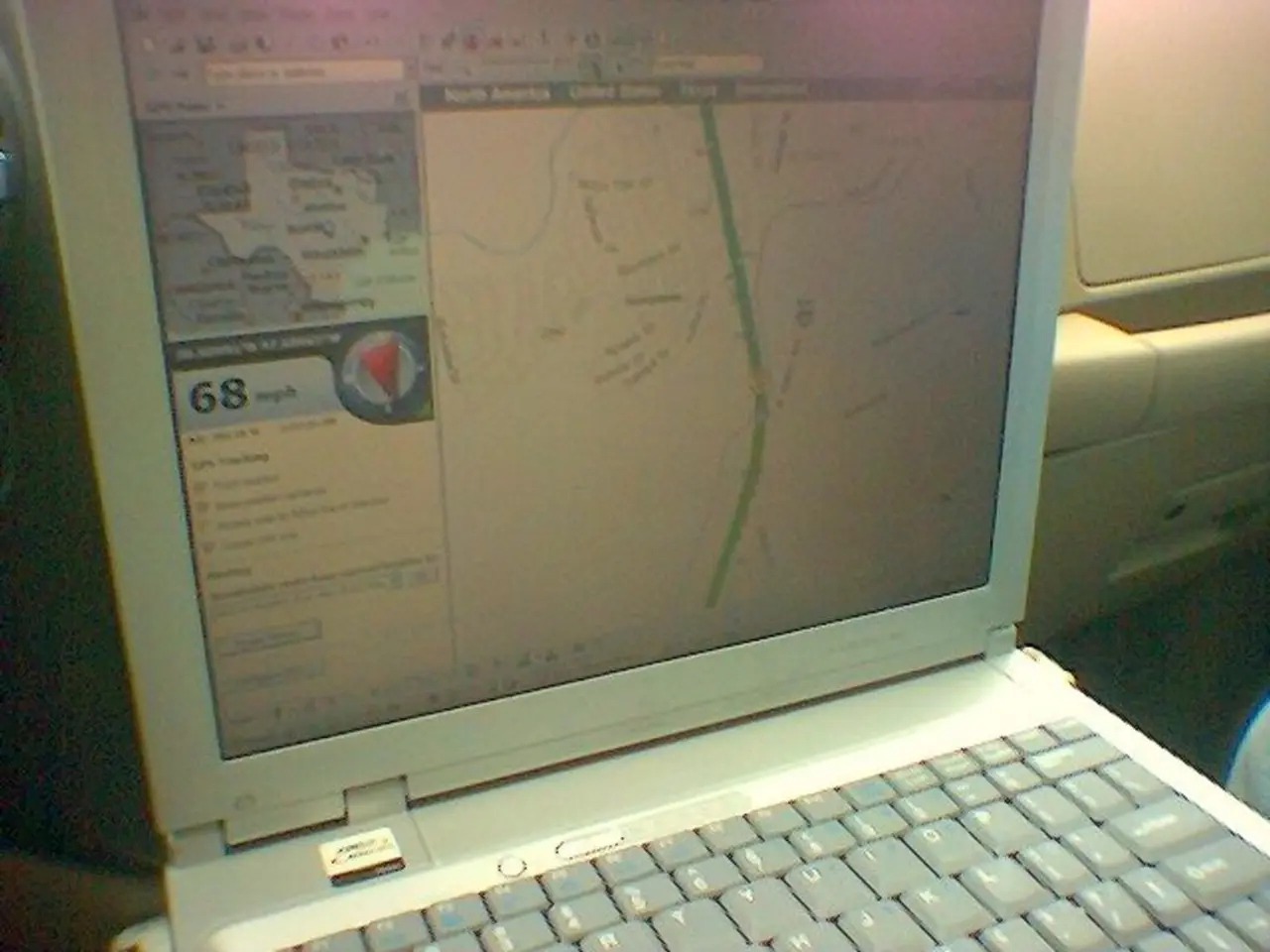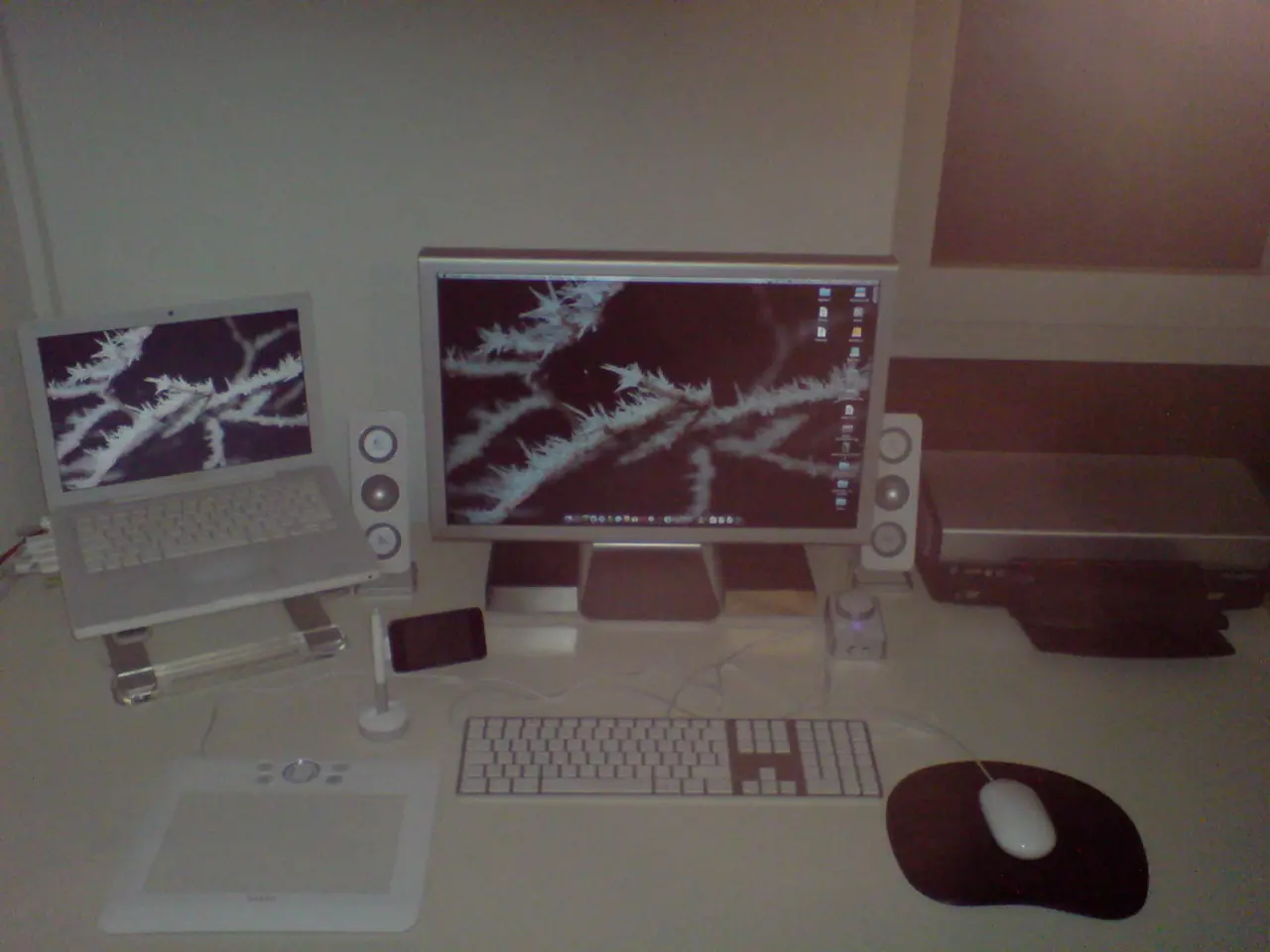NASA's Aggrandizing Venture: Engineering a Small Star in Space to Alter Humanity's Destiny
In the quest for a cleaner and more sustainable energy source, scientists and space agencies, including NASA, are exploring the possibility of harnessing nuclear fusion reactions in space. This revolutionary concept, often referred to as a "mini sun," could potentially revolutionise how we produce and consume power on Earth.
Nuclear fusion involves combining lighter atomic nuclei to form a heavier nucleus, releasing a massive amount of energy. The challenge lies in designing reactors capable of withstanding extreme thermal loads while maintaining efficient heat dissipation systems. To address this, scientists are developing various fusion reactor designs, such as tokamaks and stellarators, to mimic solar conditions.
Orchestrating complex operations remotely necessitates sophisticated automation and control systems powered by artificial intelligence. NASA is committed to developing robust risk management strategies and implementing rigorous testing phases, redundant systems, and fail-safes. Safety concerns include the containment of the fusion reaction and preventing radiation leaks.
Magnetic fields generated by superconducting coils in tokamaks prevent the hot plasma from coming into contact with the reactor walls, a crucial safety measure. Stellarators, on the other hand, use a different configuration of magnetic fields to maintain plasma stability.
Creating a mini sun in orbit aims to take advantage of microgravity and vast radiation dissipation in space. This would help overcome limitations faced by earthbound reactors, such as gravitational constraints and atmospheric interference. However, challenges remain, including developing materials that can withstand extreme temperatures and radiation, achieving stable plasma confinement, and ensuring precise control over the fusion process.
Potential 'what if' scenarios must be addressed through detailed contingency plans and public education campaigns. NASA also aims to build trust and support for the project through transparent communication with the public.
While there is no direct "mini sun in orbit" project by NASA, ongoing space missions and concepts like space-based solar power aim to leverage space for global energy challenges. Missions like the Solar Orbiter, a joint NASA and ESA project, are aimed at studying the Sun's dynamics and magnetic field, providing insights into solar dynamics that might inform future solar energy technologies.
Space-based solar power systems could potentially offer a constant and clean source of energy by collecting solar energy in orbit and beaming it back to Earth. However, this concept faces significant technological and ethical hurdles. Addressing these challenges is crucial for any future space-based energy production systems.
Ethical considerations include equity and access to the new energy source, environmental impact, international collaboration, and public concerns. The development and deployment of space-based energy systems must ensure that technological advancements benefit humanity as a whole.
In conclusion, while a "mini sun in orbit" project may not be currently underway by NASA, the pursuit of space-based fusion reactors represents a promising avenue for sustainable energy production. Overcoming technological hurdles and ethical considerations is crucial for the success of such endeavors.
- The development and implementation of artificial intelligence is essential for managing complex operations remotely, such as in the case of space-based fusion reactors, as NASA is doing.
- Innovations like space-based fusion reactors, intended to harness nuclear fusion reactions in space, could help combat climate change by offering a cleaner and more sustainable energy source.
- Research in environmental-science and space-and-astronomy, particularly regarding plasma confinement and material durability, is crucial for the success of space-based fusion reactors and space-based solar power systems.
- To ensure the safety and effectiveness of space-based energy production systems, NASA is focusing on rigorous testing phases, redundant systems, fail-safes, and transparent communication with the public.
- Ongoing research and development in various fields, such as technology, artificial intelligence, and fusion-related science, is needed to address the technological and ethical hurdles associated with space-based energy production, particularly in terms of equitable access, environmental impact, international cooperation, and public concerns.




